Istanbul: Embraced by Bridging Worlds
Culture — 04.04.24
Words & Photography by Armin Tehrani

Istanbul is a city, divided. Disconnected by the Bosphorus Strait, this ancient metropolis extends across two continents, with Europe to the west and Asia to the east. Yet, despite this geographical separation, Istanbul transcends its physical boundaries, seamlessly merging cultures and traditions from both sides of the water. It is a city where East meets West, where the call to prayer echoes alongside the sounds of church bells, and where most recently, I felt a missing connection within myself.
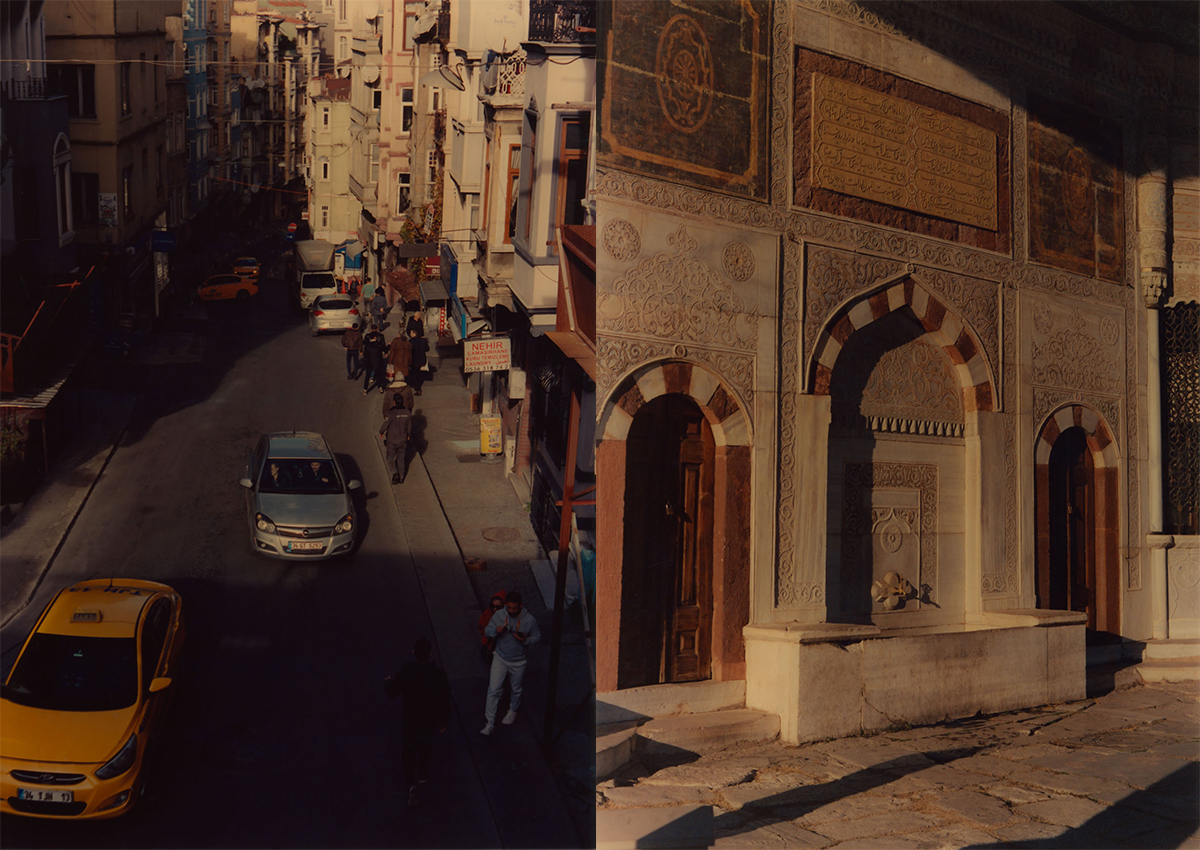
Born in Canada, to a Catholic Filipino mother and a Muslim Iranian father, I often felt a gap within my own identity and a lack of belonging within surrounding communities growing up. I am often confused with a myriad of varying ethnicities, which can be quite fun to momentarily find “my people” until the language barrier is brought upon the situation. Very rarely, I could relate to other children, and now that I’m older and settled in Denmark, that gap has widened even further. This past Christmas holiday, I felt a yearning for family and familiarity, which led me to five days spent in Europe’s most populated city, and that feeling was spurred as soon as I landed at the Sabiha Gökçen International Airport.
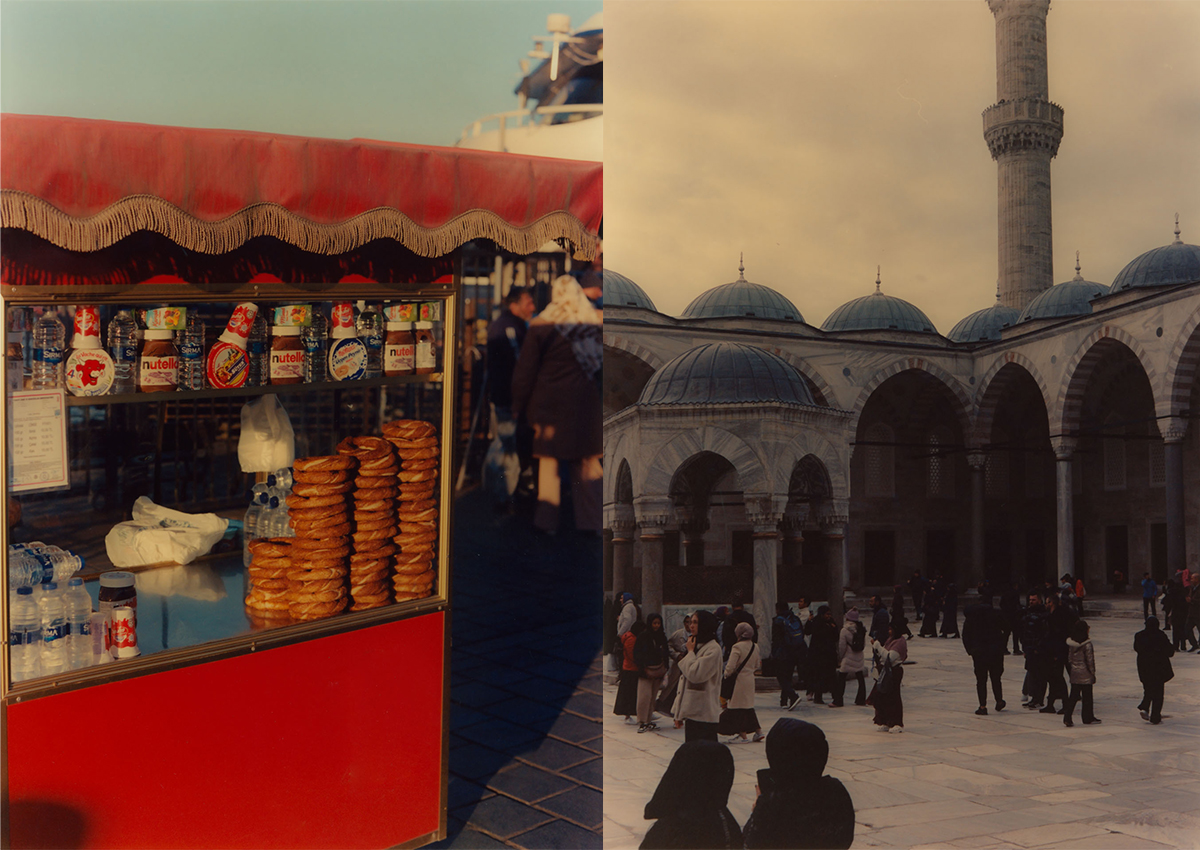
My initial impression of Istanbul was chaos. Although the city’s well-jointed transit system gave me a sense of ease, I felt otherwise intimidated by the center’s bustling disorganization and buzzing mayhem. I’m a small-city boy at heart, so this adjustment took some time getting used to. There is life at practically every corner, whether that be a packed hookah bar on the corner or a fresh fruit market in the square. As a photographer, all I could see were the scenes that could be turned into imagery, but the air of these environments cannot be perfectly captured by pixels exclusively.
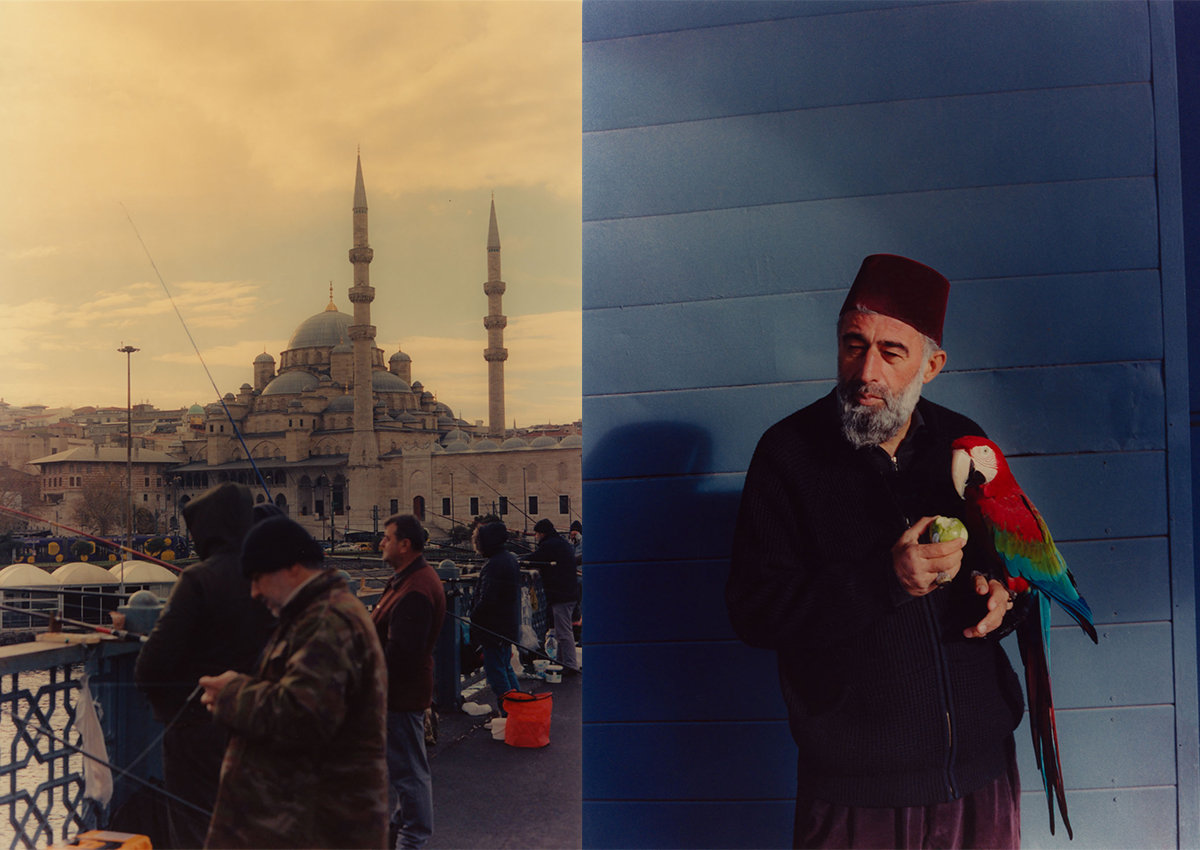
My first two days were spent touring the iconic landmarks in the southern part of the city, which included the Grand Bazaar, the Blue Mosque, and the Hagia Sophia. I decided to get some steps on the way, so I crossed the Galata Bridge, where you can see fishermen lined up closely side by side, hoping to hit their daily catch quotas. In between them, there are plenty of characters and personalities to encounter. My personal favorite was the man with the parrot, who insisted I let his partner sit with their giant claws on my shoulder in exchange for a few liras. I opted for the opportunity to take a portrait of him instead. Although the bridge is approximately 500 meters long, it took more than 45 minutes to absorb all the energy in this seemingly isolated structural environment that held its heartbeat.
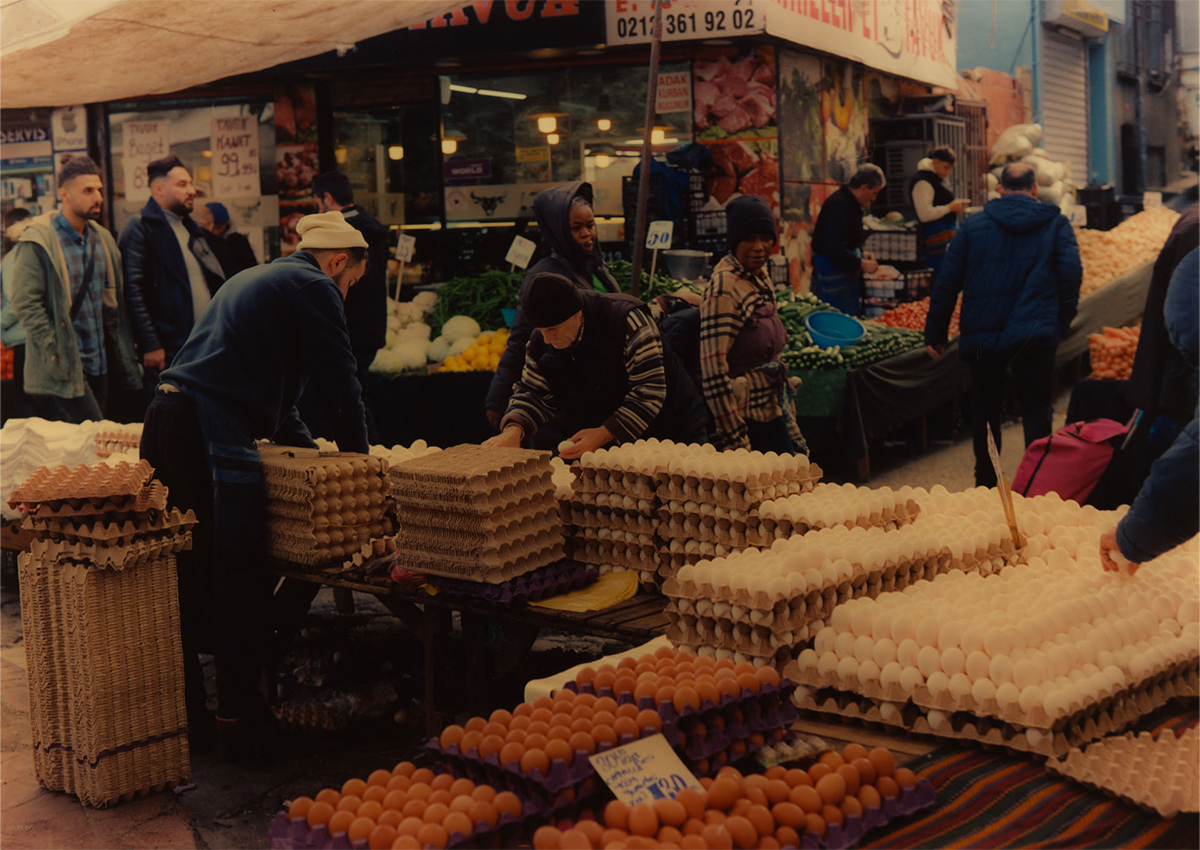
After finally reaching my destination at the Grand Bazaar, I realized how many people really exist in the world. Even more so, I realized how many people can exist within an enclosed space. There’s a lively buzz of activity all around, and as you walk through its busy corridors, you’re surrounded by colorful sights and enticing smells. Vendors call out to passersby, offering everything from spices to leather goods. The air is filled with the aroma of Turkish coffee and the sound of bargaining. It’s a bustling hub of energy where you can easily get lost within this living labyrinth.
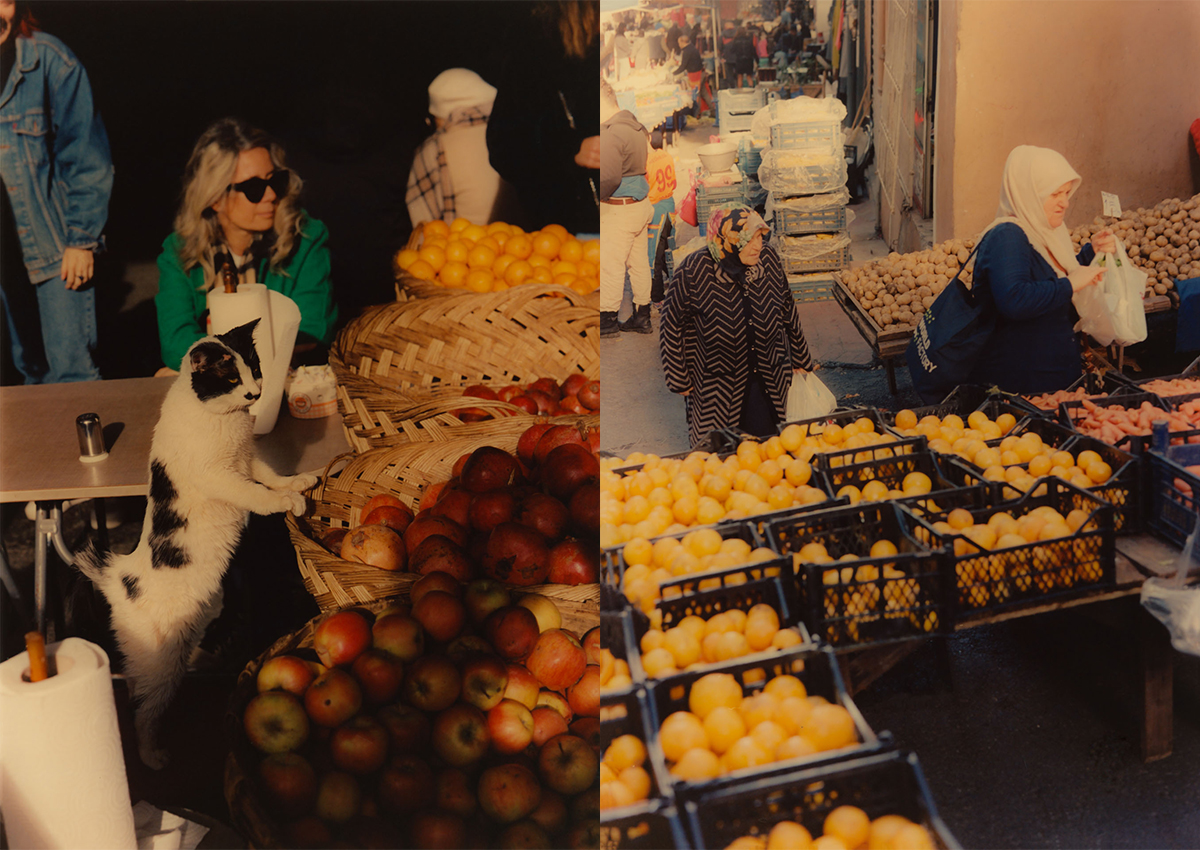
In my continuation of Istanbul’s pandemonium, I was off to visit the famous Islamic architectural sites, which include the iconic landmarks of the Hagia Sophia and the Blue Mosque. With their majestic domes, towering minarets, and intricate tilework, these structures are not just places of worship but also symbols of the city’s rich heritage. Reflecting a fusion of Byzantine and Ottoman influences, they transcend cultural boundaries to inspire awe and reverence in visitors from all backgrounds. Just as the city transcends its physical boundaries, so does its architecture, which is a testament to the city’s enduring spirit and cultural significance.
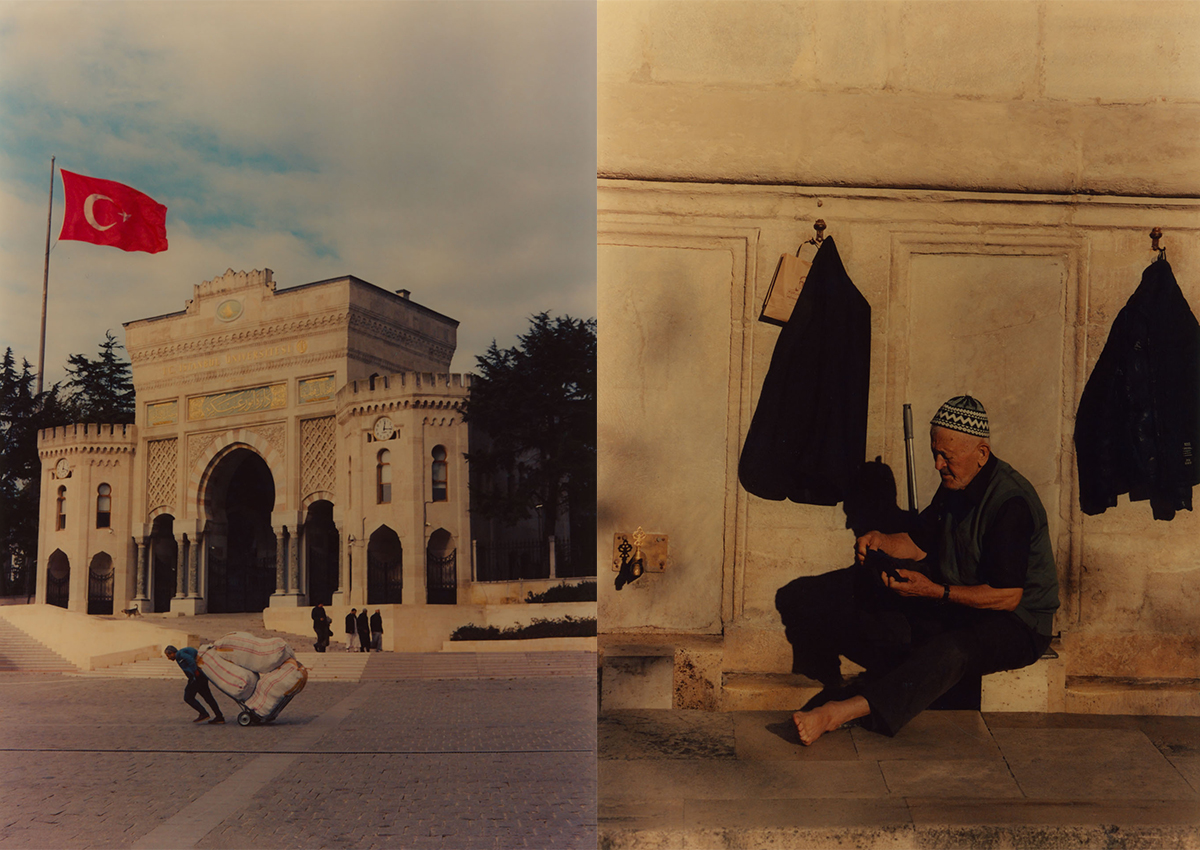
In the final days of my trip, all I wanted to do was blindly navigate my way through this city of almost 16 million. Walking aimlessly, I encountered a vibrant Sunday market that was full of color and neat arrangements of fresh produce. The atmosphere was much calmer than the other markets I experienced the day before, but I still had to weave through the crowds of locals trying to collect their weekly groceries. Eventually, I ended up in different neighborhoods where it seemed much more local and gave a glimpse into the everyday life of an Istanbulite. People smoking hookah, conversing in the parks, rummaging through antique markets, and calmly drinking one of their multiple çays (teas) of the day. All day, I was met with curiosity and unwavering kindness from people who looked just like me, as if I were a very distant family member. Although this city’s non-stop entropy can take a toll on the nervous system, it is instantly slowed down by the tenderness and hospitality of its residents.
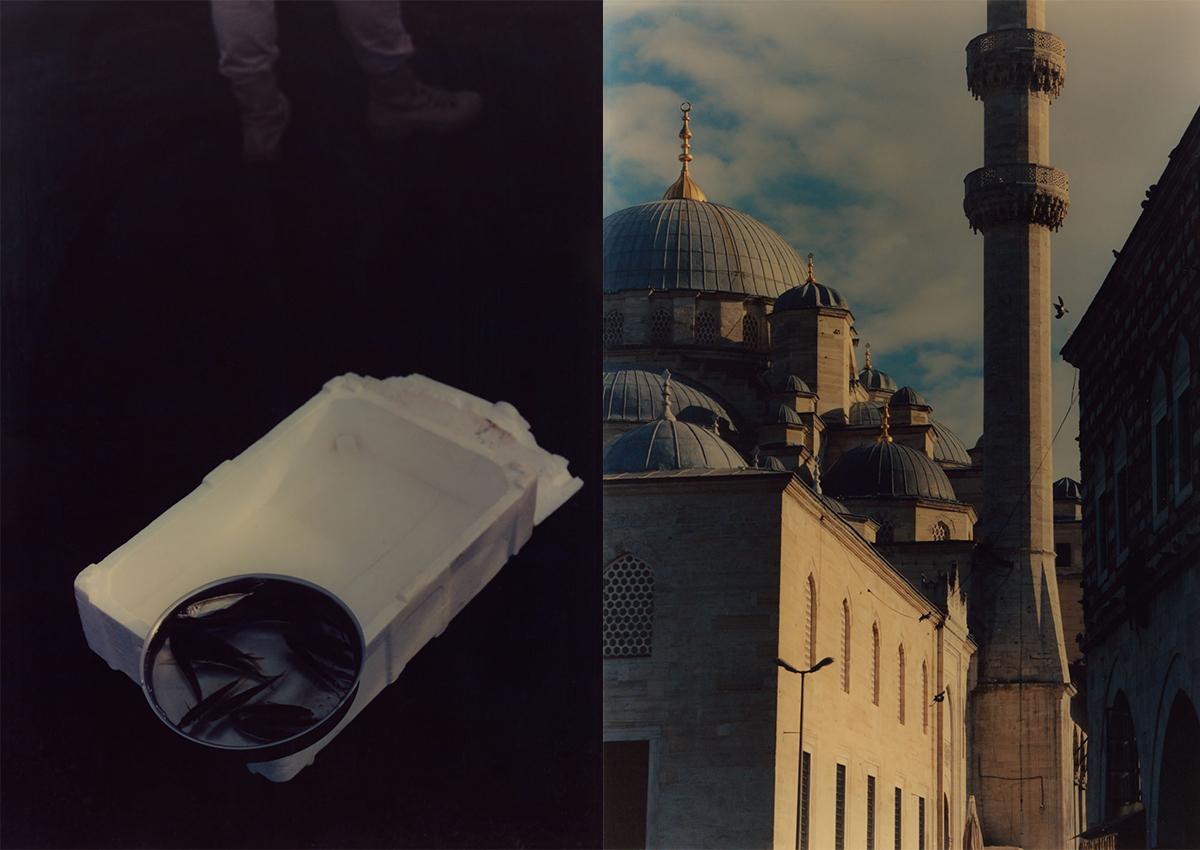
We often travel to escape normalcy and temporarily forget the everyday minutiae of our lives. For me, this trip was the exact opposite. I was looking for personal reflection, and instead, I unearthed a sense of belonging. As I bid farewell to this captivating city, I carry not just memories but a profound understanding of myself and the world. Istanbul’s timeless charm and resilient spirit will forever occupy a special place in my heart, a testament to the richness of cultural diversity and the strength of human connection.